The Environmental Impact of Stray Animals
Stray animals can impact the environment in various ways, and this issue is often overlooked in environmental discussions. Understanding how stray animals affect the environment is crucial for implementing effective measures to mitigate their impacts. In this article, we’ll look at some of the most common ways that stray animals impact the environment and explore ideas for limiting these effects.
Stray Animals and Environmental Concerns
1. Overpopulation and Resource Strain
One of the primary ways in which stray animals affect environmental dynamics is through overpopulation. Stray animals — particularly stray dogs — consume natural resources such as food and water, leading to a strain on local ecosystems. This overpopulation can also lead to increased competition with wildlife for resources.
2. Impact on Wildlife and Biodiversity
The impact of stray dogs on the environment is evident in their interactions with wildlife. Predation by stray dogs on native species can lead to a decline in biodiversity, disrupting ecological balance. Similarly, other stray animals may compete with wild animals for habitat and food, further stressing local ecosystems.
3. Public Health and Sanitation Issues
The impact of stray animals extends to public health and sanitation. Stray animals can contribute to the spread of diseases and parasites, which can affect both wildlife and human populations. Additionally, they often contribute to littering and unsanitary conditions in urban areas.
Mitigating the Environmental Impact
1. Adopting Stray Animals: A Sustainable Solution
One effective way to reduce stray animals’ impact on the environment is through adoption. Adopting stray animals helps control their population, thereby reducing the strain on natural resources and the risk of disease spread. Learn more about the benefits of adoption in “5 Reasons Why You Should Consider Adopting a Stray Animal as a Pet.”
2. Spaying and Neutering: Controlling Overpopulation
Spaying and neutering play a critical role in controlling the overpopulation of stray animals. By reducing the number of new animals born on the streets, these practices help alleviate the environmental pressures caused by strays. Read about the importance of these practices in “The Importance of Spaying and Neutering Pets.”
3. Community Involvement: A Collective Effort
Involving the community in efforts to manage stray animal populations is vital. Education on responsible pet ownership and the impact of strays on the environment can foster a more proactive approach. Discover ways to help with “3 Ways to Help Stray Animals.“
Solving the issue of stray animals’ effects on the environment requires a multifaceted approach. By understanding the ways that stray animals can influence the environment and taking action through adoption, spaying/neutering, and community involvement, we can significantly mitigate their environmental impacts. To dispel common misconceptions, explore “Myths and Facts About Stray Animals.” By addressing the challenges posed by stray animals, we can foster a healthier environment for both humans and animals alike.
At Stray Animal Foundation of India (SAFI), we are focused on helping stray animals in India receive the care and support they need. We work tirelessly to restore compassion to India’s relationship with its stray animals and ease the strain on the country’s overburdened shelter network. We do this in many different ways, including providing funding, shelter infrastructure, organizational support, vet care, supplies, guidance, resources, education, manpower, and more.
We rely on charitable contributions to continue the crucial work that we do, and 100% of contributions are deployed in the field. These donations directly affect the number of strays we are able to rescue, treat, and shelter. You can help us make a difference in the lives of India’s animals by donating to our cause today!
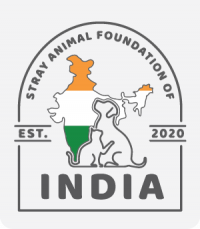

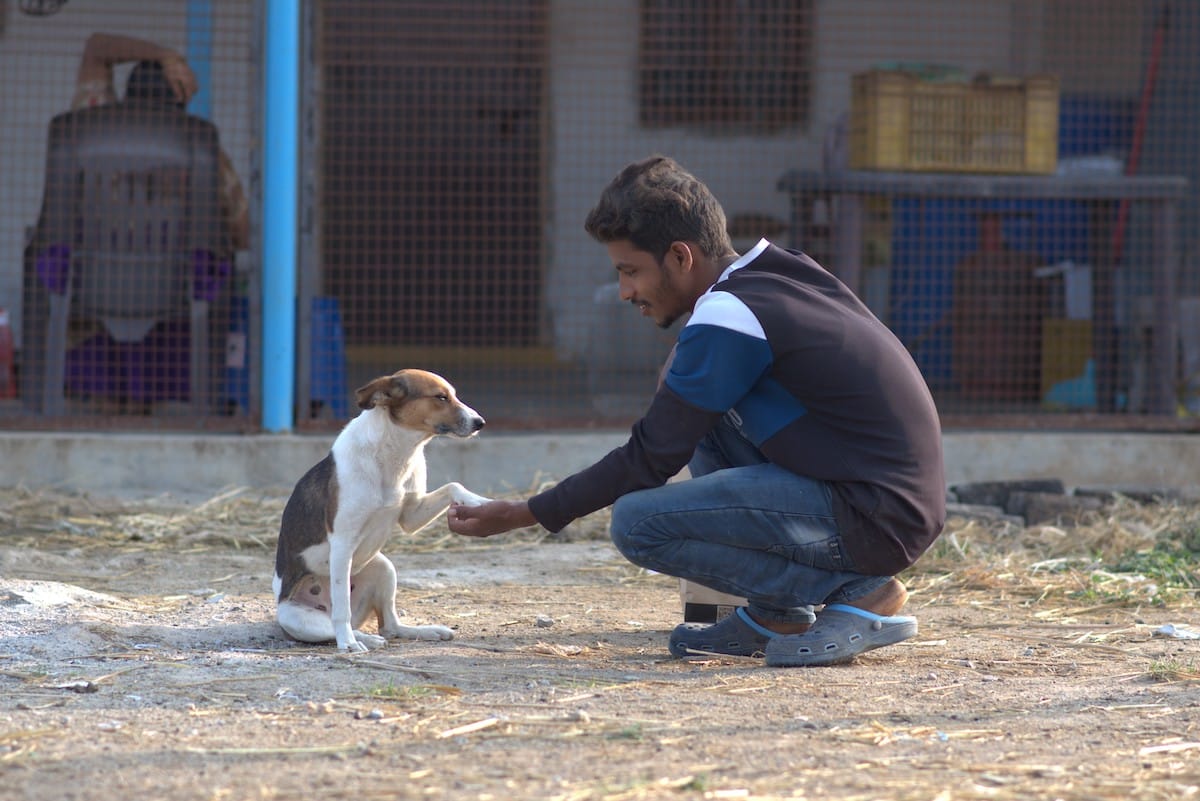

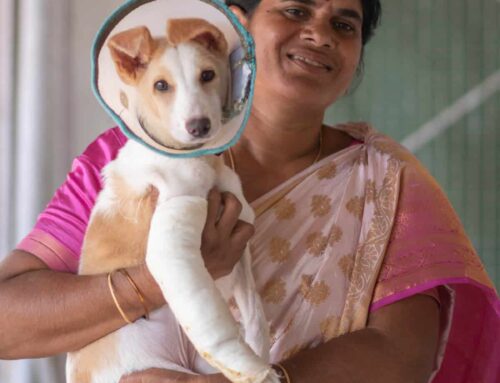
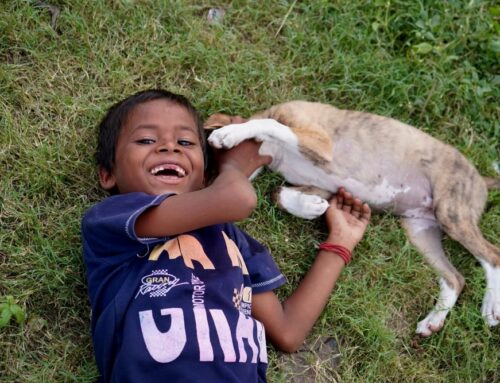
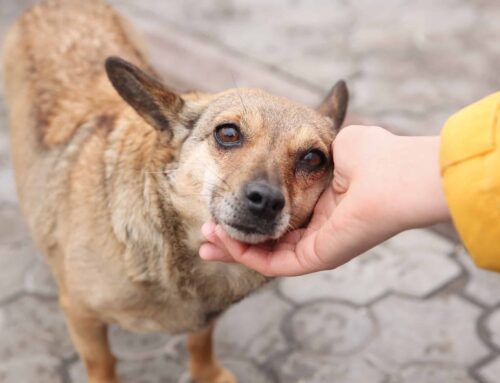




It is very important to take care of the ABC program as it is the only practical solution to save our stray animals. It’s really great to see the work your organization is doing for the community animals.